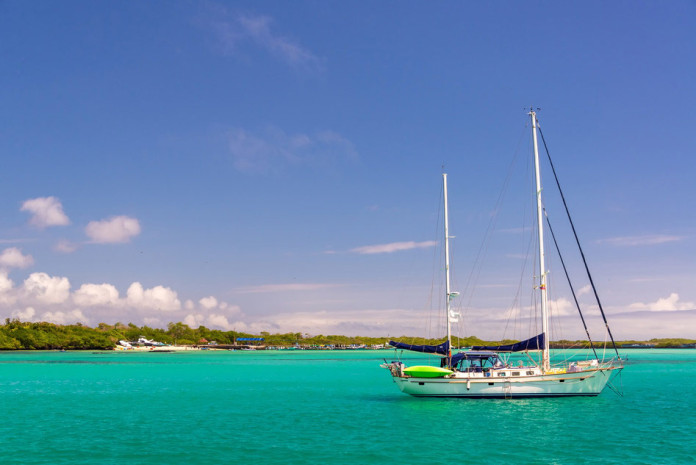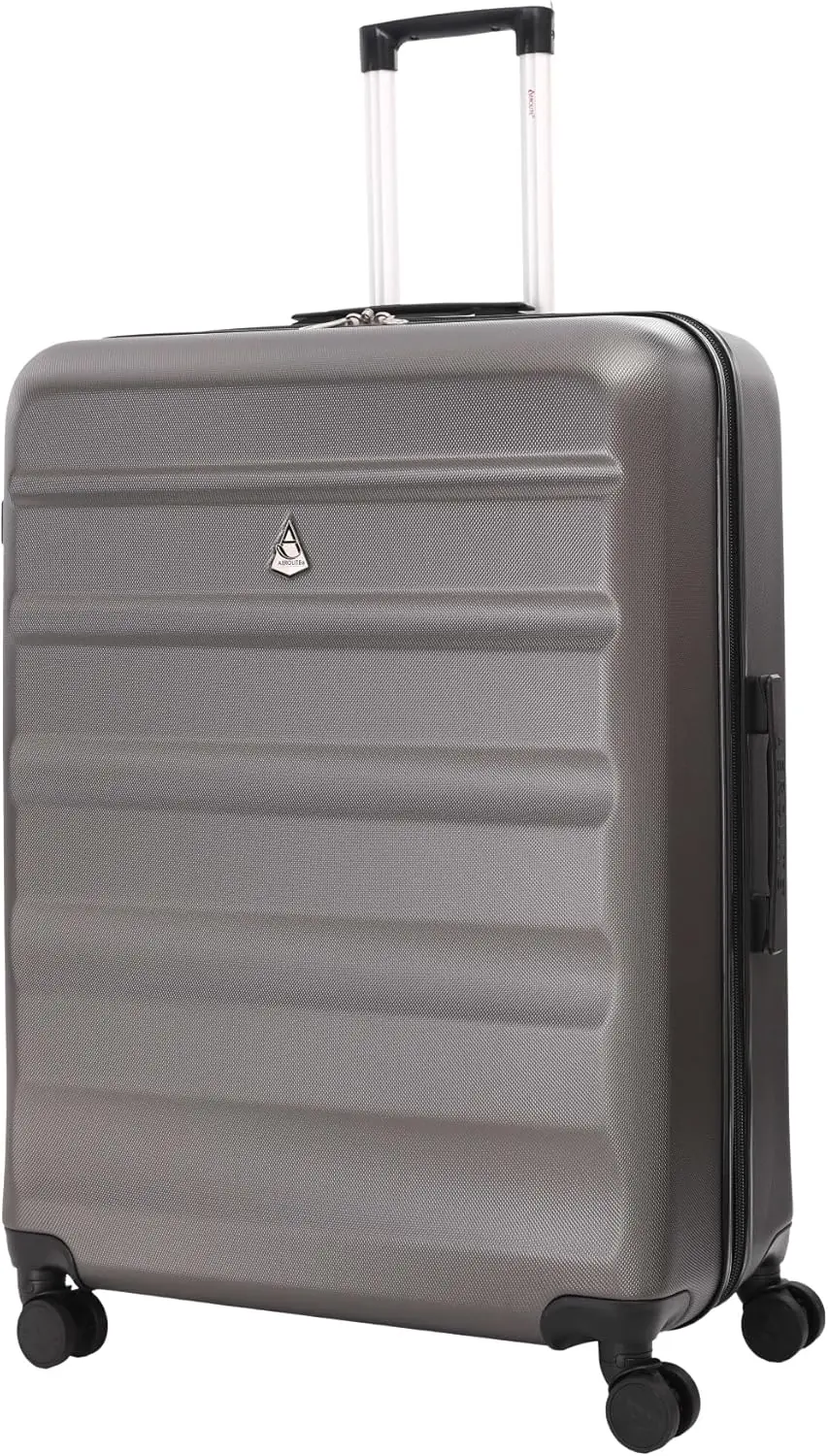Galápagos Islands, where beauty abounds
The jaw-dropping beautiful island archipelago of Galapagos Islands is a territory that belongs to Ecuador. Lazing on the many beaches and scuba diving should definitely be high up on your to-do list. The abundance of wildlife make this region wonderful to visit. The waters of the Galapagos Islands are part of a biological marine reserve and the waters around the Galápagos form a national park. Hammerhead sharks, rays and sea lions are the order of the day when you are out and about scouting various dive sites.
Be sure to visit Santa Cruz Island which boasts lava tunnels with a rather eerie feel to them. A guided tour of the tunnels is an excellent idea. Galapagos Islands is the perfect place to break away and have a good time.
Things to do Galapagos Islands
Tortuga Bay
Situated on Santa Cruz Island, you cannot afford to miss a visit to one of the most beautiful beaches in the Galápagos. The white sandy beaches are a must for the romantics and honeymooners. To get to Tortuga Bay, you will walk along a brick-laid path among the trees. Mangroves line Tortuga Bay and the ocean here is calm. Surfers can enjoy a great surf session catching waves. The ocean is pristine and blue, the Pacific Ocean views are wonderful as you sit on the beach. Sunbathers can bask in the sunlight and take home the perfect golden brown glow. Snorkelers head to the nearby lagoons and check out the reef fish, turtles and white-tipped reef sharks. Surfers should note, make sure you stop off at the first beach before heading to Tortuga Bay. The beach is well-visited by surfer enthusiasts. The waves are pretty big. Surfs up dude!
Charles Darwin Research Station
Located on Santa Cruz Island, the research station is a breeding place for giant tortoises. A short walk from the port of Puerto Ayora, when you visit the station, see the giant tortoises in their enclosure. While you are here you will witness tortoises at all stages of growth. The land Iguana can also be spotted at the station. Wild dogs killed a large portion of the land iguanas in the 1970s. Currently there is a land iguana breeding program to increase their population. To beat the heat of the afternoon, visit the station early.
Bartolome Island
The island is best known for Pinnacle Rock, a tower rock formation and home to a colony of Galápagos penguin. Pinnacle Rock is a cone-shaped rock formed of volcanic rock. The area around Pinnacle Rock is fantastic for snorkelling. Here you will find reef sharks and tropical fish aplenty. While you are here, watch the sea lions lazy about near the water’s edge. The beaches on the island are great for sun tanning. If you are keen to walk to the summit of Bartolome Island, walk up a pathway that will give you wonderful views of the Galápagos. Birdwatchers will enjoy a day on the island looking at hawks, penguins and herons.
Sierra Negra Volcano
Hikers, get your boots on and venture to Isabela Island where the Sierra Negra Volcano will guarantee great landscape views as you make your way through the terrain. Sierra Negro is one of 5 volcanos on Isabela Island and its crater is 6 miles wide. Geology buffs will enjoy this volcanic adventure. Sierra Negro last erupted in 2005.
Wall of Tears
For a different kind of outing, visit The Wall of Tears on Isabela Island. For years the island was used as a penal colony. The Wall of Tears was built by prisoners who were transported to the island as punishment. Many prisoners died while attempting to construct this large barrier made of volcanic rock. A sad realisation is that the wall was built for no purpose. The wall’s name is fitting due to the torture that took place here and is a reminder of a dark period in Galápagos Islands history.
Prepare to be overwhelmed – diver’s dream destination
Divers get your wetsuits on for underwater explorations you will never forget. This archipelago has fantastic live aboard excursions that are rated among the best in the world. Galápagos Islands is a diver’s dream come true with a large array of marine life to get acquainted with as you move your fins through the water. Get a glimpse of seals, sea lions, tropical fish and sharks. The ocean is rich with sea creatures that will impress any diver.
Scuba diving is good all year round at Galápagos Islands. Water temperatures vary according to the season. The warm season is between January and April where the water temperature can reach 28 degrees. From July to December, the water is slightly colder with temperatures reaching 23 degrees.
Santa Cruz Island offers fantastic scenery below the water. Familiarise yourself with the schools of hammerhead shark at the popular site of Gordon Rocks. Get up close the hammerhead and take home a wonderful memory of a close-up encounter with this ocean predator. At Gordon Rocks you will also get to see turtles, eagle rays, barracuda, a variety of tropical fish and white-tipped reef sharks. Divers will be interested to know that Gordon Rocks is actually a volcanic crater and it is considered one of the best dive spots in the Galápagos. The current at Gordon Rocks can be strong, so it’s recommended that only experienced divers take on this site. Visibility here is excellent.
Another well-known dive site among divers who make the waters of the Galápagos their playground, is Cousin’s Rock. A popular wall dive, you will see octopus, sea horses and tropical fish.
Off the coast of Isabela Island lies Cape Marshall, which offers both reef and wall dives. You will spot giant manta rays here as well as sharks and pufferfish. Black coral forms along the wall. Cape Marshall is accessible only by live aboard boat.
Hop on a live aboard charter and head out to Wolf Island. The island is uninhabited and cannot be visited. But it’s the marine life that attracts divers. Wolf Island offers magnificent dive sites, providing the ultimate diving experience. Here you will spot vast amounts of sharks and even dolphins. The current around Wolf Island can be strong, so if you are not accustomed to big current, you will have to learn quickly to get used to it. For less experienced divers, there is a few areas to snorkel. You don’t want to miss a dive here.
While at Wolf Island, divers will particularly enjoy The Caves, a dive site that abounds in sea life. Nature never looked this good! At Shark Bay, divers will get a chance to dive amongst sea lions. These fascinating creatures will come up to you and how awesome to have your very own seal lion interaction. A gem at Wolf Island that will tickle the avid diver’s fancy is Landslide. Here you will see turtles, tuna and hammerhead sharks. The site looks similar to a landslide. You can explore the barnacle-covered rocks and get a peek of an eel and other fish.
For everything a diver could ever dream of, visit Darwin Island by live aboard. This island is close to Wolf Island, so you could easily do both while you’re on holiday. You will be able to spot whale sharks at Darwin Island from June to November. Go to Darwin’s Arch, off the south eastern cost of Darwin Island. Many visitors believe this to be the best dive site in the world. Also get see reef fish, turtles and Manta rays. Get your underwater cameras out and take photos of the whale sharks there too.
The best way to dive this wondrous archipelago is by live aboard. Nothing will come close to the sights you will take in. Prepare to be overwhelmed by a sublime diving experience.















